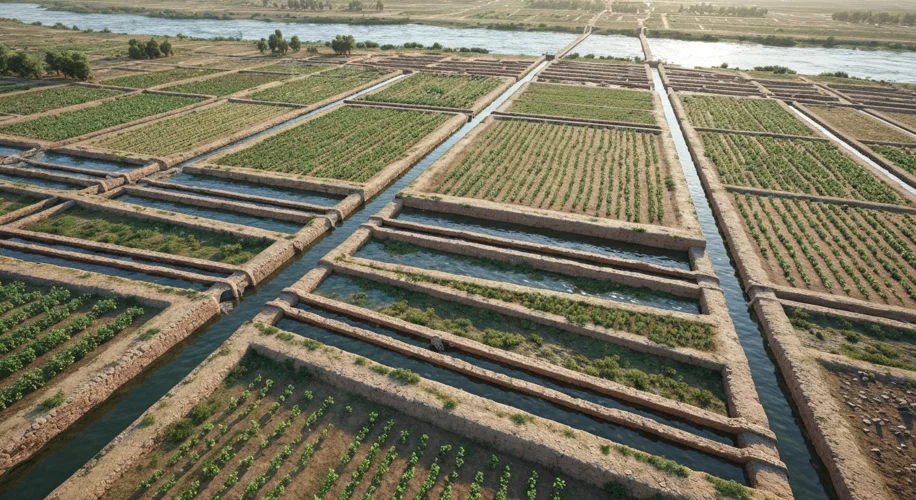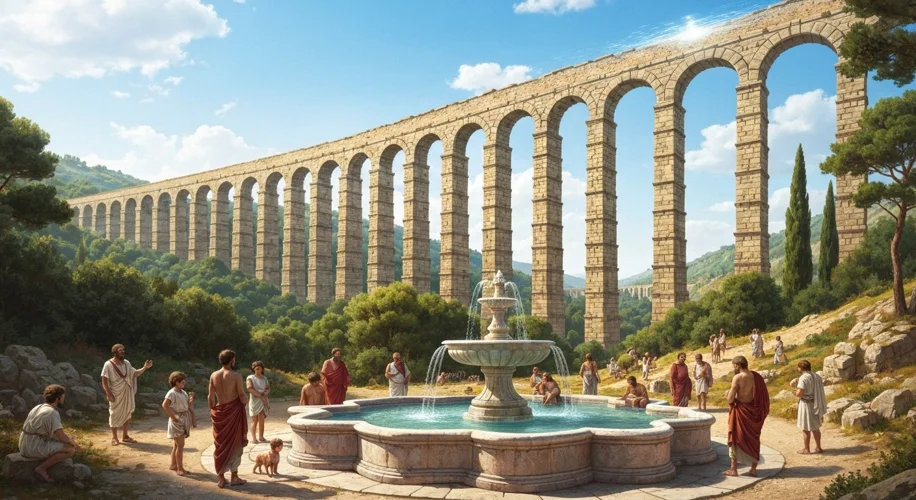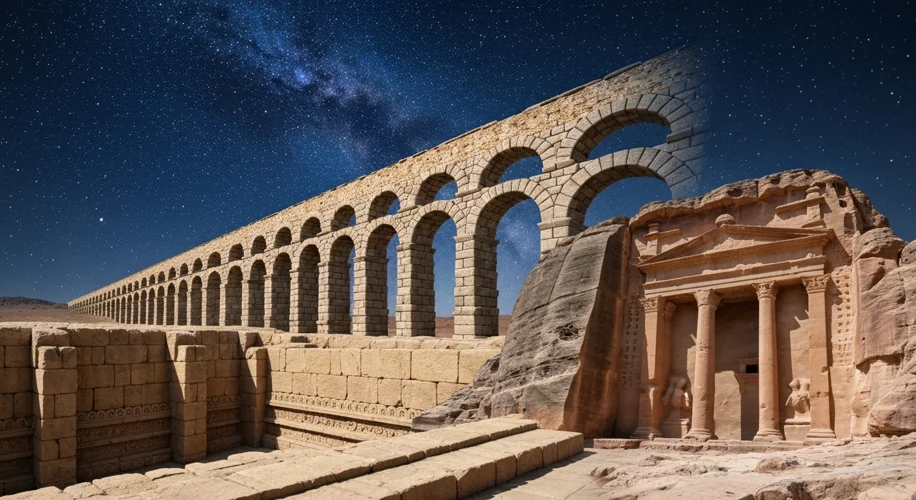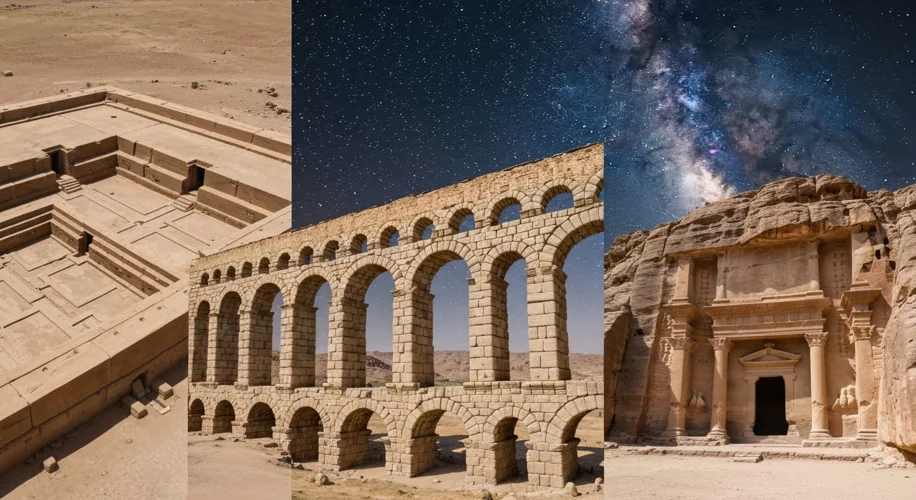Imagine a world without pipes, pumps, or modern plumbing. A world where survival hinged on the unpredictable moods of nature, particularly the flow of water. Yet, across the vast sweep of history, ancient peoples didn’t just survive; they thrived, building empires and fostering cultures by mastering this most precious resource. Their ingenuity in water management wasn’t just about survival; it was about civilization itself.
Consider the Mesopotamians, cradled between the Tigris and Euphrates rivers. By the 4th millennium BCE, they understood that the fertile crescent needed more than just rain. They developed intricate systems of canals, dikes, and reservoirs, not merely to channel floodwaters but to distribute them precisely to arid fields. These weren’t haphazard ditches; they were sophisticated networks, requiring immense labor, planning, and a deep understanding of hydraulics. The Sumerians, for instance, perfected irrigation, transforming swathes of desert into bountiful farms that fed burgeoning city-states like Uruk and Ur. This control over water was directly linked to their ability to sustain larger populations, complex social structures, and ultimately, their place as the ‘cradle of civilization.’

Journey to the dusty plains of the Indus Valley, where cities like Mohenjo-daro and Harappa, flourishing around 2500 BCE, reveal an astonishing level of urban planning centered on water. These were not just cities with wells; they were meticulously designed metropolises with sophisticated drainage systems. Houses were equipped with private baths and toilets connected to a vast underground network of brick-lined sewers. Waste water was efficiently carried away, a feat of sanitation unparalleled for millennia. The Great Bath of Mohenjo-daro, a large, watertight public pool, hints at ritualistic or communal uses of water, further underscoring its central role in their society. The sheer organization required to build and maintain such a system speaks volumes about their social cohesion and technological prowess.
Meanwhile, in the arid landscapes of ancient Rome, water was lifeblood. The Romans became legendary engineers, constructing aqueducts that carried fresh water for miles, defying gravity with breathtaking precision. The Pont du Gard in modern-day France, a towering three-tiered structure, is a testament to their mastery. These aqueducts supplied not only drinking water but also fueled the famed Roman baths, public latrines, and fountains, transforming urban living. The Roman sewer system, the Cloaca Maxima, originally built for drainage, evolved into a sophisticated sanitation network that served the city for centuries. It wasn’t just about transporting water; it was about managing it, purifying it, and distributing it equitably (for Roman citizens, at least) to support a sprawling empire.

Even seemingly remote or arid regions saw remarkable innovation. The Nabataeans, masters of the desert, developed ingenious methods for collecting and storing rainwater in the city of Petra. They carved cisterns directly into the rock faces, creating vast underground reservoirs that could sustain the population through long dry spells. Their ability to manage scarce water resources allowed them to control vital trade routes and build a prosperous kingdom in an unforgiving environment.
These ancient systems, from the canals of Sumer to the aqueducts of Rome and the cisterns of Petra, weren’t merely technological achievements. They represented a profound understanding of their environment, a commitment to community welfare, and the ability to organize labor and resources on an unprecedented scale. The success of these civilizations was inextricably linked to their command over water. It allowed for agricultural surpluses that fed growing populations, enabled complex urban development, and fostered public health through sanitation.
When we look at these ancient feats, we see more than just history; we see the foundation of modern urban living. We see the enduring human drive to innovate, to adapt, and to build societies that can flourish, even in the face of nature’s greatest challenges. The echoes of their ingenuity still resonate today, reminding us that understanding and respecting our relationship with water is as crucial for our future as it was for the civilizations of the distant past.


